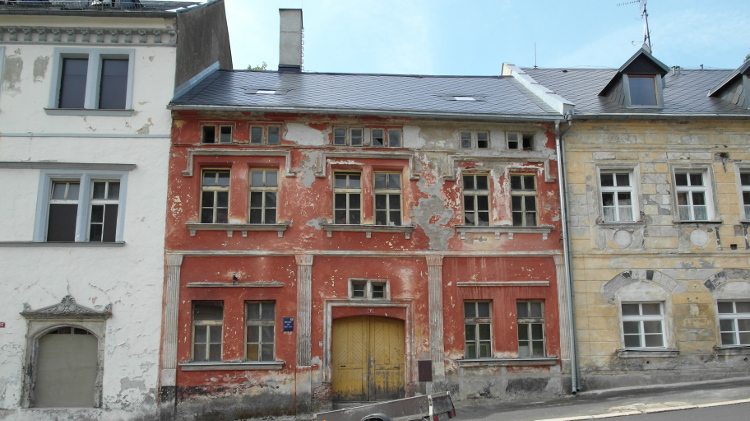After the 1908 explosion that destroyed the mill, the mine operated from 1932 to 1942 until President Roosevelt suspended gold mining when the country joined WWII. Pictured is a gold pour in March 1938. Courtesy of OceanaGold
The Haile gold mine in South Carolina has been in production intermittently for almost 200 years. Pre-dating the California gold rush and the American Civil War, it was one of the first operating gold mines in the United States.
Gold was first discovered on the banks and bottom of a creek on Captain Benjamin Haile’s plantation in the northern part of the state in 1827.
Easy-to-reach gold placers were exhausted on Haile’s property by the mid-1830s and miners struggled to find ways to recover gold from deeper deposits. By 1837, Haile had invested in a five-stamp mill, with steel stamps, or pestles, that crushed ore into dust. Gold was taken from the crushed product.
The mine was abandoned in the 1850s due to difficulties reaching ore combined with the California gold rush, but operations resumed during the American Civil War, when the Haile Gold Mine furnished gold, pyrite and sulphite to the Confederate war effort. For this reason, Union General William Sherman’s troops sacked the works on their 1865 march through South Carolina, wrecking the buildings, mining equipment and much of the surrounding countryside.
RELATED: OceanaGold writes the latest chapter in the long history of South Carolina’s Haile mine
Emma Holmes, a local diarist, complained that Haile’s granddaughters neglected to contribute to the Confederate war effort and hosted extravagant parties instead. If that was the case, they got their come uppance; before the war was settled, the Haile family sold off the mine for $20,000 in Confederate money. By 1865, the money was worthless and they were penniless.
Profitable operations did not resume until 1888, when new Yankee owners enlisted the help of German-born mining engineer Carl Adolph Thies to galvanize production. Over two decades of working at the nearby Phoenix mine in North Carolina, Thies had developed a new gold processing technique for sulfide ores that resulted in the mine becoming one of the largest and most profitable in the state.
Numerous techniques and procedures had been tried and tested at Haile by the previous, and long-suffering, superintendent, including turning it from open-pit to underground works, installing and expanding equipment to better process stamp mill tailings, roasting stamp mill tailings before amalgamating them again and crushing them for a second time, and using mercuric chloride to improve recovery. All failed.
Thies’ chlorination process adjusted a basic chlorination procedure which involved exposing roasted ore to chlorine gas in a wooden vat and then leaching the ore in a water solution to produce gold chloride. Ferrous sulfate was added to the solution to precipitate the gold, which was filtered out. The Mears process, patented in 1877, had already significantly advanced this system by exchanging vats for lead-lined barrels and introducing the gas under pressure in order to speed up the chlorination rate. Thies’ innovation was to generate the chlorine gas inside the barrel itself, using bleaching powder and sulfuric acid. He also made changes to barrel size and the number of rotations.
Thies’ technique, known as the Thies Barrel Chlorination Process yielded 90 per cent gold in sulfide ore compared to the 40 per cent recovered by other methods. He immediately implemented it at Haile and business boomed.
The mine became the most famous and profitable gold mining operation east of the Mississippi River and leading metallurgical and mining engineers of the day visited it to observe Thies’ new technology. Thomas Edison, curious about all types of metals and minerals, including gold, silver and galena, detailed his visit to the mine in a January 1890 diary entry.
At its peak, the mine had 175 workers and a railroad to transport cars laden with ore from the mine to the mill.
Thies retired in 1904 and two of his sons, Adolph and Ernest, took over operations, with Ernest acting as the mine’s general manager.
In August 1908, several men were killed when a large steam boiler that operated crushing equipment in the mill blew up, completely destroying the building. Ernest was among those killed. Without his leadership, the mine failed and its New York owners ended operations.
Haile operated periodically throughout the 20th century. During World War One it was mined for sulfur for the war effort, and $2 million worth of gold was produced in another brief reopening between 1934 and 1942. However, President Franklin D. Roosevelt suspended gold mining when the U.S. joined the Second World War, in order to prioritize base-metal production. Operations were briefly resumed in the ‘70s and ‘80s, but by the ‘90s the mine lay dormant again. On January 19 first gold was poured at the newest iteration of the Haile mine, owned by OceanaGold.




